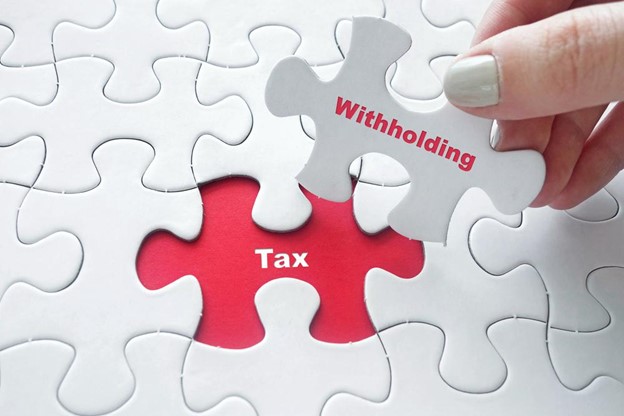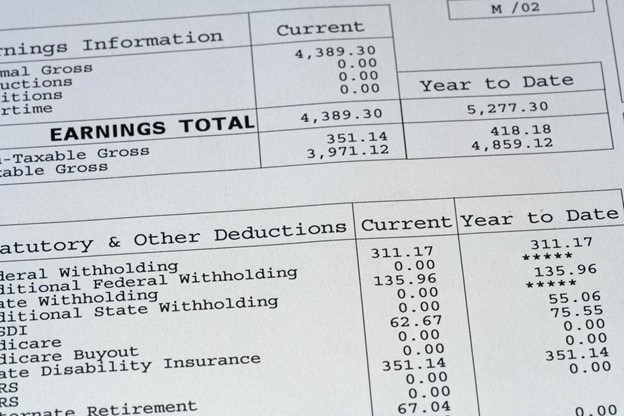Tax Season! But Wait, What Records Should I Keep?

Tax season runs smoother when you know exactly what records to keep—and for how long. Use the checklist below to track the documents that prove your income, deductions, and credits, whether you’re an employee, freelancer, or small business owner. When you’re done, grab the PDF download to save or share.
| Category | What To Keep | Why It Matters | How Long To Keep |
|---|---|---|---|
| Income | W2 forms from each employer | Shows wages & tax withheld; core to your return | At least 3 years after filing; longer for loans/Social Security |
| Income | 1099-NEC 1099-MISC 1099-INT 1099-DIV 1099-K | Reports non-employee income; IRS matches these | 3-6 years (especially if self-employed) |
| Income | Paystubs (all year) | Verify W2 accuracy; proof of income | Keep until W2 is verified; longer if used as proof of income |
| Income/Expenses | Bank statements with income deposits or deductible expenses | Backup for income and deductions | 3-6 years |
| Deductions | Receipts for business expenses | Substantiates business deductions | 3-7 years |
| Deductions | Receipts and acknowledgements for charitable donations | Required for claiming charitable deductions | 3-7 years |
| Deductions | Medical/dental expense records | Supports itemized medical deductions | 3-7 years |
| Deductions | Credit card statements supporting deductions | Secondary proof for deductible purchases | 3-6 years |
| Investments | Year-end brokerage summaries | Summarize income, dividends, gains/losses | 7 years after selling the asset |
| Investments | Trade confirmations | Document basis and dates for gains/losses | 7 years after sale |
| Investments | 1099-B / Capital gain-loss reports | Report securities sales to IRS | 7 years after sale; longer if losses carried forward |
| Investments | Basic documents (reinvested dividends, splits, improvements) | Proves adjusted cost basis | Keep while you own the asset + 7 years after sale |
| Homeownership | Mortgage Interest Statement (Form 1098) | Supports mortgage interest deduction | 3 years after filing; longer if it affects home basis |
| Homeownership | Property tax bills & receipts | Support itemized deduction/basis | 3-6 years |
| Homeownership | Closing disclosures; purchase & improvement records | Establish home’s cost basis | Keep while you own the home + 7 years after sale |
| Education | Form 1098-E (student loan interest) | Supports student loan interest deduction | 3 years from the return claiming it |
| Education | Form 1098-T (tuition payments) | Supports education credits (AOC/LLC) | 3 years from the return claiming it |
| Essentials | Copies of filed federal & state returns (all schedules) | Proof of what you filed; reference for future years | Keep indefinitely |
| Essentials | Identity documents (SSN/ITIN letters) | Needed for filing/identity verification | Keep permanently |
| Essentials | Carryover worksheets (capital loss, credits, charitable) | Needed to compute future returns | Until fully used + 3 years |
Download a PDF version of this table to use as a checklist at your own leisure:
FormPros Has You Covered
Simplify your paperwork with FormPros! From helping you make paystubs, W-4s, and employment verification letters to generating LLC Operating Agreements and even voided checks, our easy-to-use platform has you covered. Save time, reduce errors, and handle your business documents with confidence. Start now and see how FormPros makes professional form generation fast, affordable, and hassle-free!
Tax Season! But Wait, What Records Should I Keep? FAQs
-
How long should I keep tax records if I file electronically?
Even if you file electronically, you should still keep digital or printed copies of your tax returns and supporting documents for at least three years after the filing date. The IRS may audit returns within this timeframe. For business owners or freelancers, it’s best to keep them for up to seven years, especially if you report self-employment income.
-
Do I need to keep old paystubs once I receive my W-2 form?
You can safely discard paystubs after confirming that the year-end totals match your W-2. However, if you’re applying for a loan, rental, or government program that requires proof of income, keep them longer. Paystubs are also valuable records if there’s ever a dispute about wages or tax withholdings.
-
What’s the difference between a W-2 and a 1099 form for recordkeeping purposes?
A W-2 shows income from an employer where taxes were withheld, while a 1099 (like 1099-NEC or 1099-K) reports non-employee or contract income with no taxes withheld. Since 1099 income is self-reported, freelancers should keep these forms and any related receipts or invoices for at least six years to support their filings in case of an audit.
-
Should I keep digital copies of receipts and tax forms, or are paper copies better?
Digital copies are perfectly acceptable—as long as they’re clear, accurate, and securely stored. The IRS recognizes electronic documentation. Consider scanning paper receipts and backing them up in cloud storage to avoid damage or loss. Just make sure the files are organized by year and category for easy reference.
-
What happens if I lose a tax document before filing?
If you misplace an important document like a W-2 or 1099, you can request a replacement. Employers and payers must provide duplicates upon request. You can also get transcripts directly from the IRS online portal showing your reported income. For bank statements or receipts, contact your bank or service providers—they typically keep records for several years.
-
How long should I keep tax documents if I file an amended return?
When you file an amended tax return (Form 1040-X), the clock resets. You should keep all records related to that amended return for three years from the date you filed the amendment or two years after paying the tax owed, whichever is later. Keeping them longer—up to seven years—is safest for those with complex filings or large deductions.
-
Do I need to keep proof of deductions if I take the standard deduction?
If you take the standard deduction, you don’t need receipts for specific deductions like charitable donations or medical expenses. However, it’s still wise to retain records for big-ticket expenses or potential future itemization, especially if your income or filing status changes in coming years.
FormPros Can Help!
- Instant Download
- Preview Pre-Purchase
- Step by Step Instructions
- Auto-Tax Calculator





































